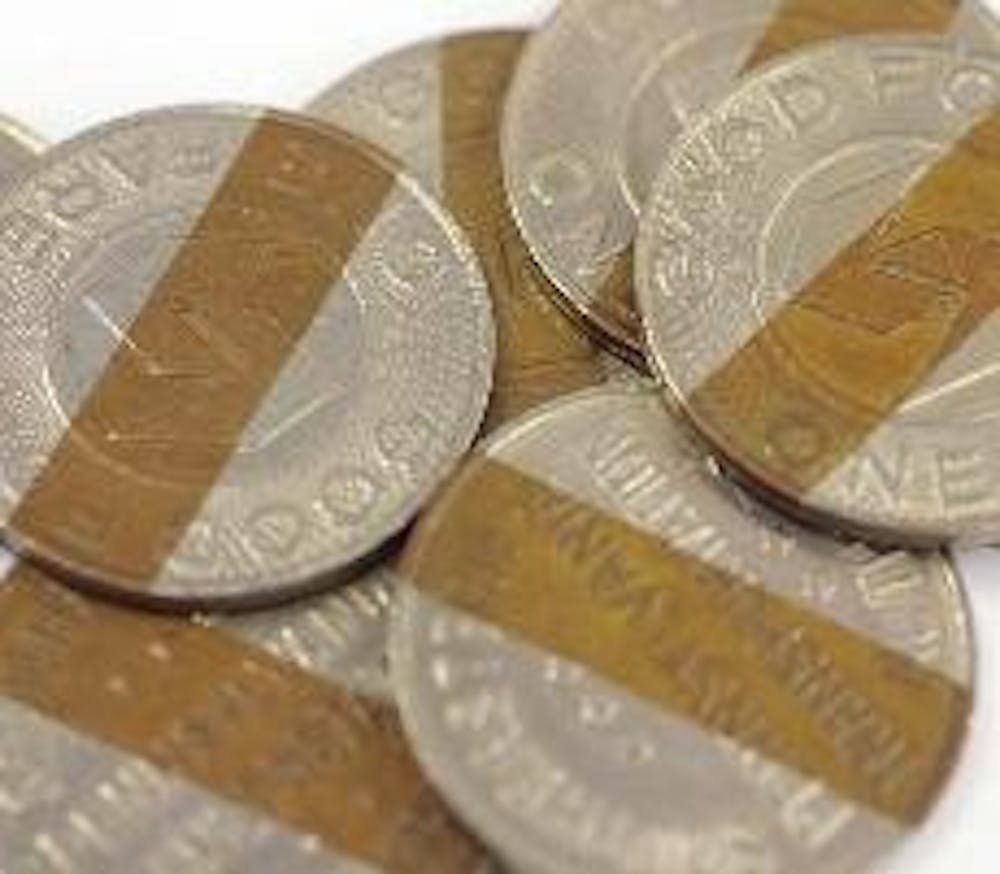
When students return to campus this fall, it may be a whole new SEPTA experience.
Having previously announced that fares will increase from anywhere to 11 to 31 percent, SEPTA will also eliminate transfers between two modes of transportation - between the bus and subway system, for example - and reduce the number of Regional Rail and suburban transit zones this summer, SEPTA spokesman Richard Maloney said.
Work will also begin this May on two of the three remaining stations slated for reconstruction along the El in West Philadelphia, at 46th Street and at Millbourne Avenue. The $710 million project, aimed at improving appearance and nearby traffic flow, will reconstruct five stations in all, with the last scheduled for completion in spring 2008.
The move to streamline SEPTA's services is a response to "one of the main complaints," Maloney said, from the community: That the current fare structure is "too complicated and complex."
But Matthew Mitchell of the Delaware Valley Association of Rail Passengers said the elimination of transfers is a "passenger-hostile" move.
"It's going to promote inefficient use of the system," Mitchell said, because people unwilling to pay an entirely new fare to move from the buses to the subway will simply stay on the buses, making it hard for boarding passengers to find a seat.
To Mitchell, however, the greatest problem with the new fare structure isn't inefficiency at all; it's that the new structure is simply "inequitable" given the way that public transportation networks are organized in Philadelphia, forcing some passengers to pay more than others when not necessarily traveling any further.
For instance, Mitchell said, a passenger traveling to City Hall at 15th and Market streets from 6th and Allegheny streets - for which transferring from bus to subway is the only option - will have to pay twice as much than a passenger who begins at 22nd at Allegheny, even though both corners are the same distance from city hall.
The fare increase amount will depend on the state House Appropriation Committee's decision to provide extra $100 million funding to SEPTA.
If the funding comes through, SEPTA officials will go with Plan A, in which fares will be raised by 11 percent. The base fare for buses and subways would remain at $2, but the cost of tokens would increase from $1.30 to $1.45.
Plan B will be implemented if the request is denied, raising fares by 31 percent. Base fare would increase to $2.50, and the price of tokens would increase to $1.80. Regional rail fare would also increase substantially.
Maloney would not speculate about the Committee's decision, though Mitchell said that SEPTA's likelihood of receiving the support they seek depends upon "how much of a priority the governor makes it."
He noted, however, that Gov. Ed Rendell has had an extraordinary commitment to state transportation.
But as for the effort to eliminate transfer and regional rail zones in the midst of a budget crisis, Maloney said that the process will "go ahead, regardless" of the state's decision.
The Daily Pennsylvanian is an independent, student-run newspaper. Please consider making a donation to support the coverage that shapes the University. Your generosity ensures a future of strong journalism at Penn.
DonatePlease note All comments are eligible for publication in The Daily Pennsylvanian.








